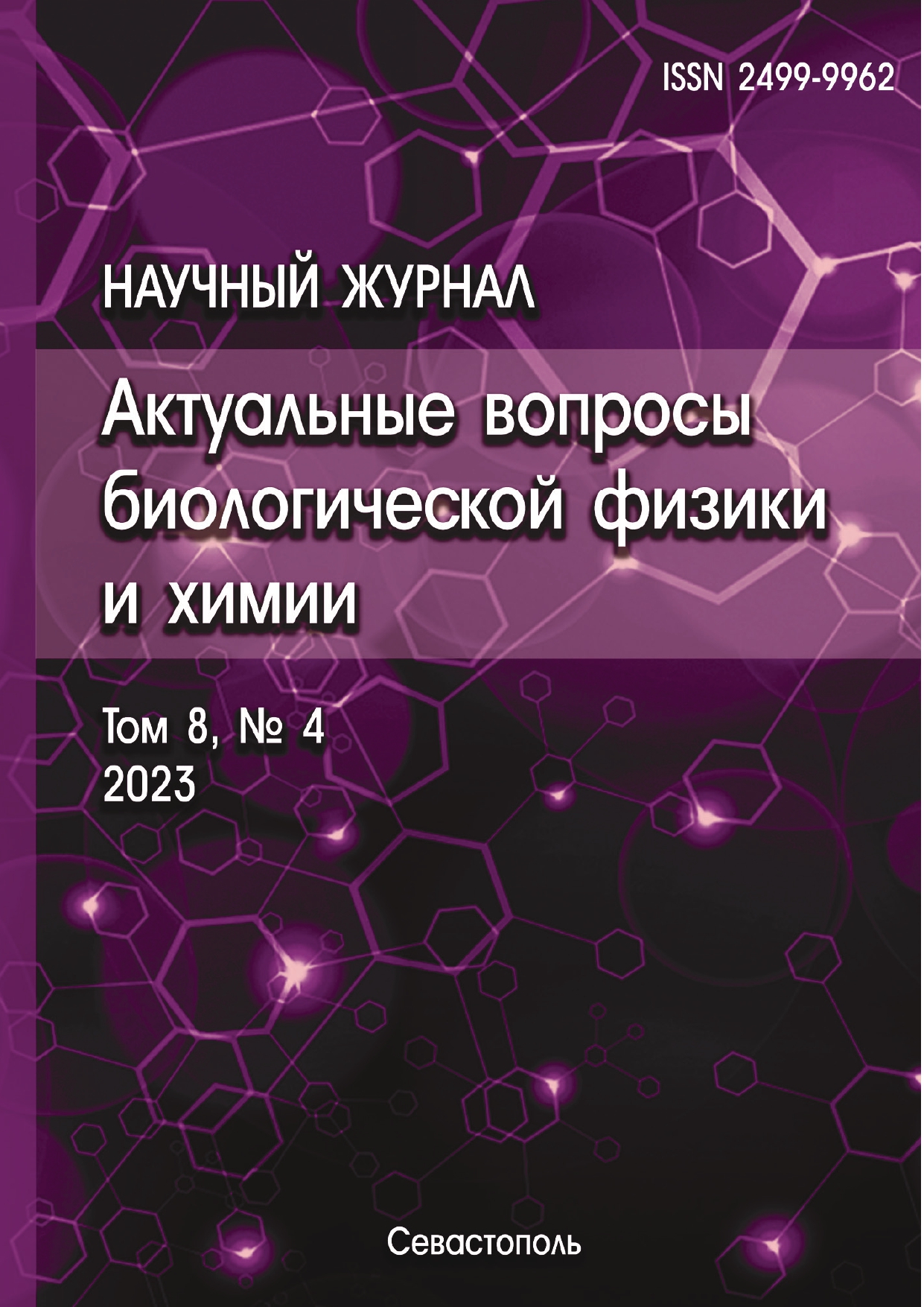Puebla, Mexico
Puebla, Mexico
Puebla, Mexico
Puebla, Mexico
Puebla, Mexico
Puebla, Mexico
A microbial fuel cell is a bioelectrochemical device that uses microorganisms, such as electrogenic bacteria, capable of generating electricity. However, the electrical energy generated depends mainly on the ability of the microorganisms present in the anode to decompose the organic matter contained in an effluent. In this work, an electrochemical setting formed as an anode and a cathode of graphite felt were connected in an electrical circuit to electro-stimulate microorganisms to enhance the biofilm on the anode. In this sense, different potential values were imposed in several electrochemical cells to evaluate chemical oxygen demand, volatile solids, and bacteria increase. Dunnett method was used to find significant differences between treatments, taking a sample without treatment as the control sample.
Electrogenic bacteria, biofilm, Dunnett method, Saphiro-Wilk, Variance analysis
1. Esteve-Núñez A. Bacterias productoras de electricidad. Del subsuelo a la pila de combustible. Temas de Actualidad, 2008, vol. 45, pp. 34-39.
2. Kaur R., Marwaha A., Chhabra V.A., Kim K.H., Tripathi S.K. Recent developments on functional nanomaterial-based electrodes for microbial fuel cells. Renewable and Sustainable Energy Reviews, 2020, vol. 119, p. 109551, doi:https://doi.org/10.1016/j.rser.2019.109551.
3. Potter. Electrical effects accompanying the decomposition of organic compounds. Proceedings of the Royal Society of London. Series B, Containing Papers of a Biological Character, 1911, vol. 84, no. 571, pp. 260-276, doi:https://doi.org/10.1098/rspb.1911.0073.
4. Mateo F., Hernández F., Pérez A., Addi H., Lozano L., Godínez C. Aplicación de la tecnología de Pilas de Combustible Microbianas en depuración de aguas de origen urbano e industrial con producción simultánea de energía eléctrica. Anuario de Jóvenes Investigadores, 2014, vol. 7, pp. 36-38.
5. Czerwińska-Główka D., Krukiewicz K. A journey in the complex interactions between electrochemistry and bacteriology: From electroactivity to electromodulation of bacterial biofilms. Bioelectrochemistry, 2020, vol. 131, doi:https://doi.org/10.1016/j.bioelechem.2019.107401. EDN: https://elibrary.ru/VEVOMP
6. Cercado B., Cházaro-Ruiz L.F., Ruiz V., López-Prieto I.deJ., Buitrón G., Razo-Flores E. Biotic and abiotic characterization of bioanodes formed on oxidized carbon electrodes as a basis to predict their performance. Biosensors and Bioelectronics, 2013, vol. 50, pp. 373-381, doi:https://doi.org/10.1016/j.bios.2013.06.051.
7. Humberto Gutiérrez Pulido, Román de la Vara Salazar. Análisis y Diseño de Experimentos. Ed. McGraw-Hill, 2003,pp. 50-80.
8. Montgomery D.C. Diseño y análisis de experimentos. Tercera edición. Editorial Félix Varela. La Habana, 2004.
9. Inot I., Gabriel K.R. A study of the power of several methods of multiple comparisons. Journal of the American Statistical Association, 1975, vol. 70, pp. 574-583.
10. Dean A., Voss D. Design and Analysis of Experiments. Springer Texts in Statistics. Springer. Dordrech, 1999.










